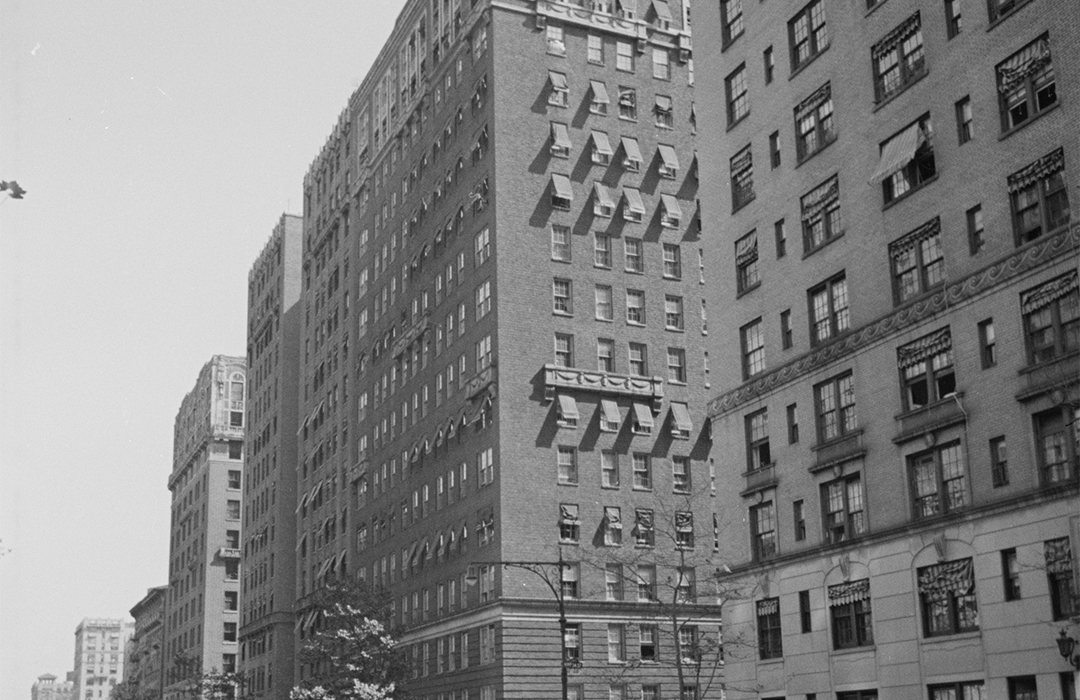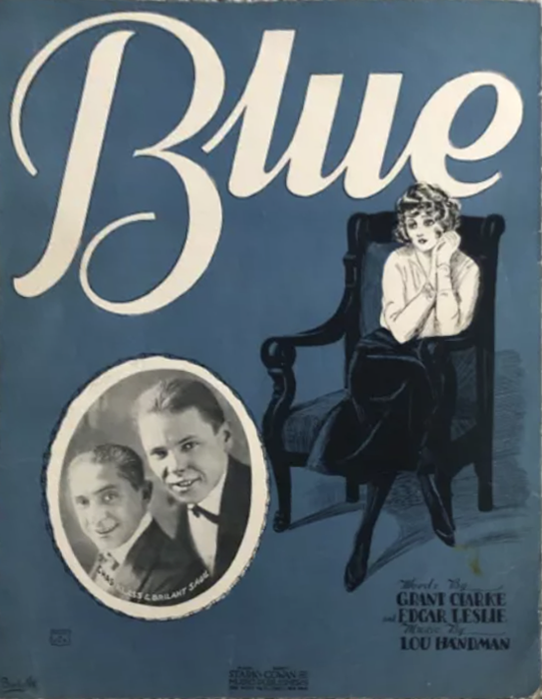
900 West End Avenue
by Tom Miller
On September 10, 1927, the New York Evening Post reported, “Ninety-five percent of the apartments have been rented in the sixteen-story structure at 900 West End Avenue, northeast corner of 104th Street, to open in a few weeks.” Designed by J. M. Felson for the newly formed 900 West End Avenue syndicate, the building’s 126 apartments, according to the article, were “arranged in suites of three, four and five rooms with one and two baths.” The building’s Renaissance Revival style design included triple-height, fluted pilasters at the entrance and stone faux balconies at the central section
Ice dealer John Parisi obtained the contract to service the ice boxes throughout the building. But within a few years, its managers, brothers Nicolo and Rocco Ferrante, were seriously cutting into Parisi’s business by modernizing the apartments. On October 20, 1930, the Brooklyn Times-Union reported, “When fewer and fewer tenants of the apartments at 900 West End Avenue answered his daily call of ‘any ice today, lady?’ John Parisi decided he’d better do something about it.” His solution was to sue the Ferrantes. He petitioned the courts to issue an injunction “to prevent them from installing any more electric refrigerators.” The article said that to date, 70 of the 126 apartments had been updated.
He petitioned the courts to issue an injunction “to prevent them from installing any more electric refrigerators.”
Among the tenants in the mid-1940s were attorney and politician Hugo E. Rogers and his wife, Adele. Born in New York City in 1899, Rogers graduated from New York Law School in 1925 and was elected Manhattan Borough President in 1945. He was the author of Minimizing Payroll Taxes and Legal Tax Savings Methods. In 1948, he replaced Frank J. Sampson as the leader of Tammany Hall. Rogers said he accepted the position on a “temporary basis…to clean up the organization.” He resigned in 1949 and took the newly-formed, $10,000-a-year position as special counsel to the Traffic Commission.
A less respectable resident was Benjamin Marins, alias Benjamin Arkin, alias Benjamin Narins. The 48-year-old was sent to the County Penitentiary for three months on September 12, 1951, on charges of second degree forgery and fined $500. The Herald Statesman explained, “He was arrested April 7 at 289 Riverdale Avenue on charges of bookmaking and forgery.”
Saul Brilant and his wife, the former Sybil Levine, were residents at the time. Using the stage name Saul Brilliant, he was a nightclub entertainer, musician, and former vaudeville comedian. During his vaudeville days, he was a partner in the team of Klass & Brilliant. Around the New Year in 1954, Saul became ill. Three months later, on March 23, he died in the couple’s apartment at the age of 55. Sybil Brilant lived on here until her death at the age of 60 on August 11, 1964.
Using the stage name Saul Brilliant, he was a nightclub entertainer, musician, and former vaudeville comedian.
Ernest Kahn went on a skiing trip with his friend Henry Lucas, who lived in Flatbush, Brooklyn, in 1973. They were seated in the ski lift at the Mt. Peter Skiing Center near Warwick, New York, on February 18, when it broke free and plunged them 45 feet to the ground. Henry Lucas was killed in the fall, while Ernest Kahn suffered a broken arm.
Living here in the late 1960s and early 1970s was Dr. Marta Rezler, the assistant professor of Romance languages at Hunter College. An expert on 18th-century French literature, she received her bachelor’s degree from the University of Budapest in 1940 and her doctorate from Columbia University in 1962.
Outwardly, J. M. Felson’s dignified structure is virtually unchanged since 1917.
Tom Miller is a social historian and blogger at https://daytoninmanhattan.blogspot.com/
Building Database
Be a part of history!
Learn more about your neighbor at 900 West End Avenue!
Meet John Tauranac!



